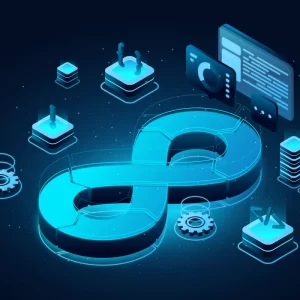Course Description
In this two-day POPM Certification training course, you will learn the PM and Product Owner roles in the enterprise, how to manage the enterprise backlog, and much more.
In this two-day course, you will learn how the roles of Product Manager, Product Owner, Solution Manager, and Epic Owner drive the delivery of value in the SAFe enterprise. You’ll get an overview of the Scaled Agile Framework® (SAFe®), the Lean-Agile mindset, and an understanding of how the Product Manager and Product Owner roles operate in the enterprise to drive the delivery of value. Finally, you will get an in-depth understanding of the specific activities, tools, and mechanics used to effectively deliver value to the enterprise. This POPM Certification training course will fully prepare you to pass the exam to earn your POPM certification from Scaled Agile.
By the end of this course, you should be able to write Epics, Capabilities, Features, and User Stories within the context of SAFe, and have a solid foundation for managing backlogs and programs in a Lean-Agile enterprise.
Target Audience
The following individuals will benefit from this course:
- Product Managers, Product Line Managers, Product Owners, Business Owners, and Business Analysts
- Solution Managers, Portfolio Managers, Program Managers, PMO personnel, and Process Leads
- Enterprise, Solution, and System Architects
Prerequisites
Attending the class prepares you to take the exam and become a certified SAFe® PO/PM (POPM). One or more of the following prerequisites are recommended for students planning to attend this course and take the POPM certification exam:
- Leading SAFe® 4.6 and higher
- Leading SAFe® Live Lessons 4.6 and higher
- SAFe experience
Inclusions
With CCS Learning Academy, you’ll receive:
- Certified Instructor-led training
- Training Seminar Student Handbook
- Collaboration with classmates (not currently available for self-paced course)
- Real-world learning activities and scenarios
- Exam scheduling support*
- Enjoy job placement assistance for the first 12 months after course completion.
- This course is eligible for CCS Learning Academy’s Learn and Earn Program: get a tuition fee refund of up to 50% if you are placed in a job through CCS Global Tech’s Placement Division*
- Government and Private pricing available.*
*For more details call: 858-208-4141 or email: training@ccslearningacademy.com; sales@ccslearningacademy.com






